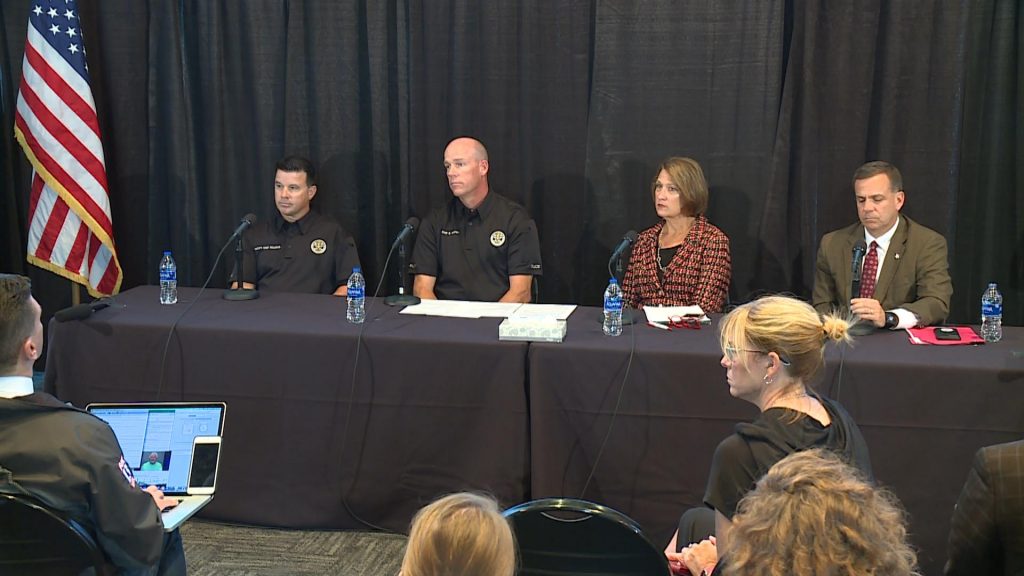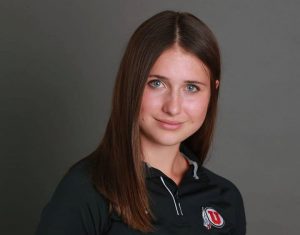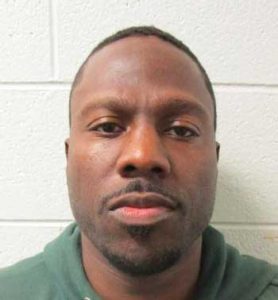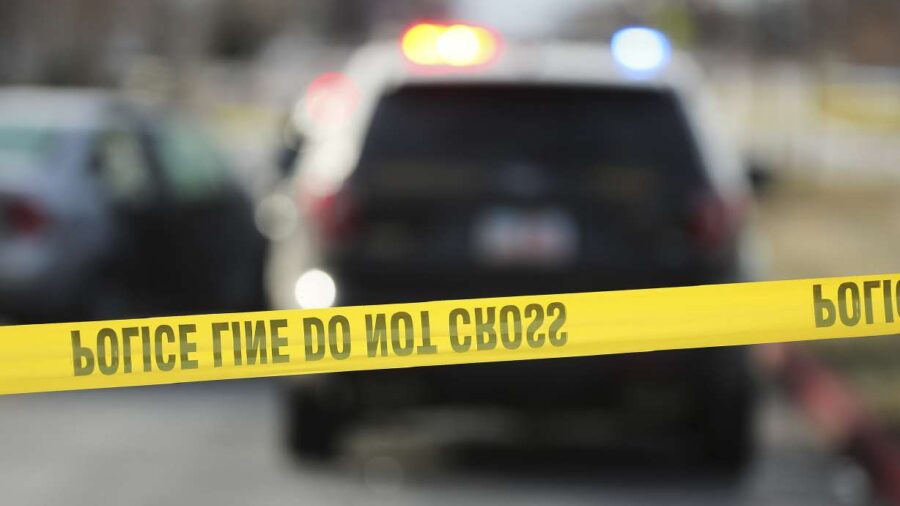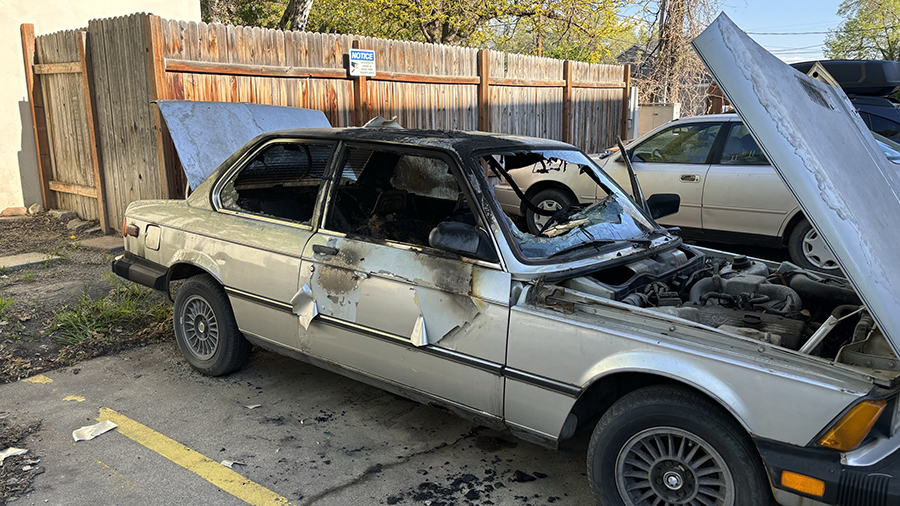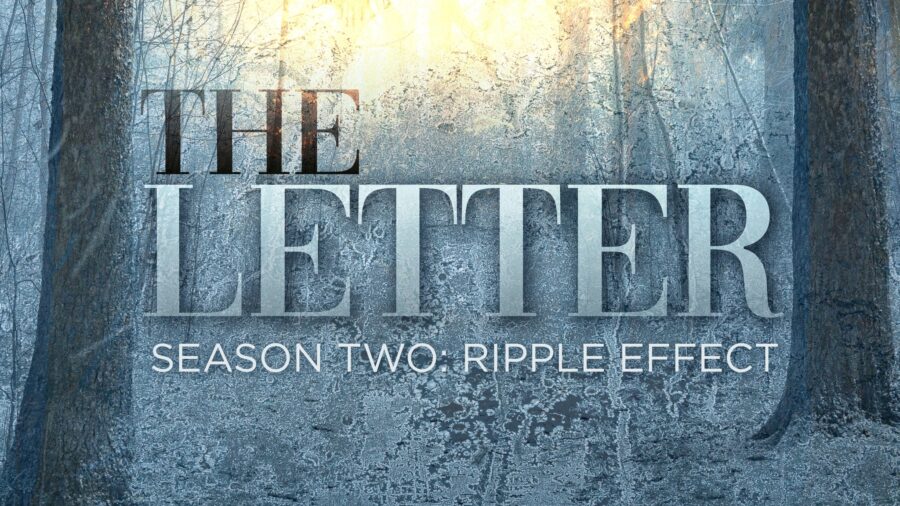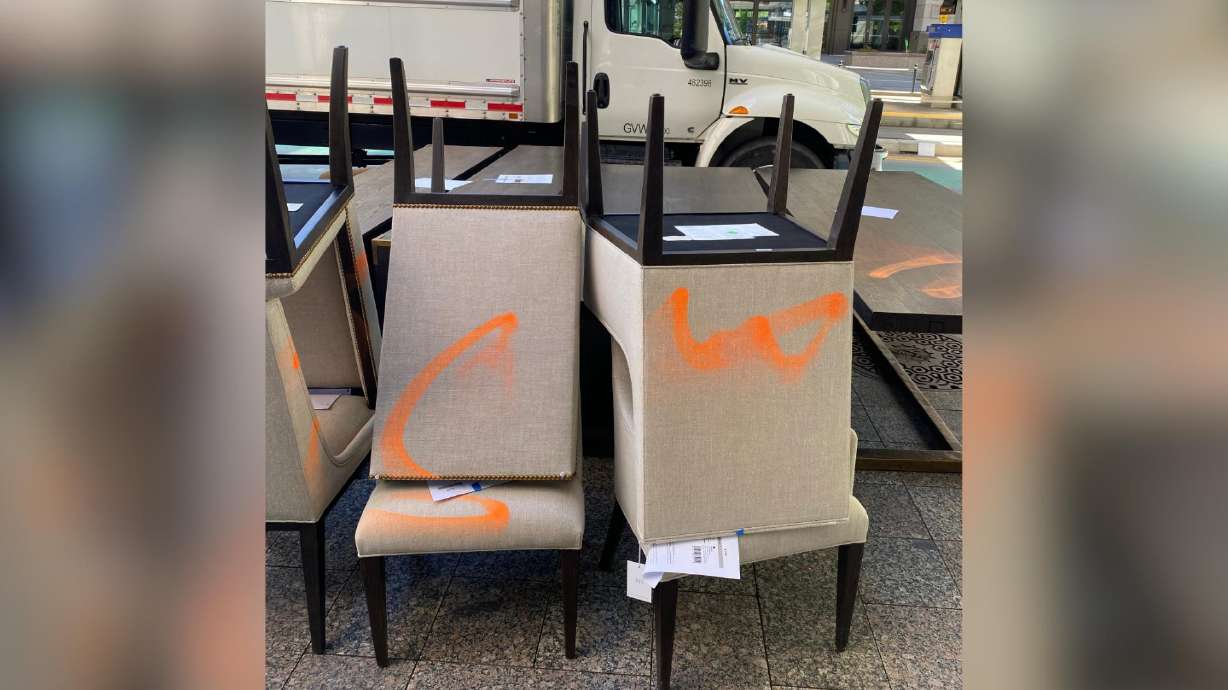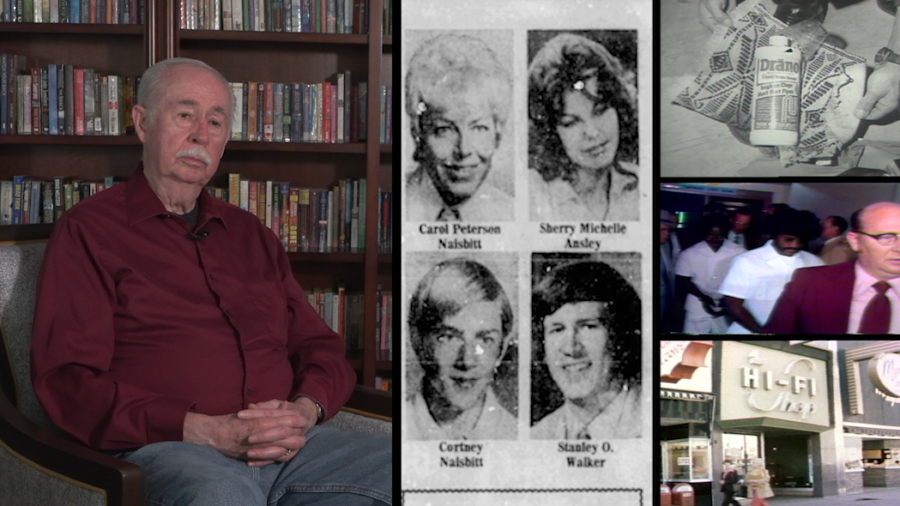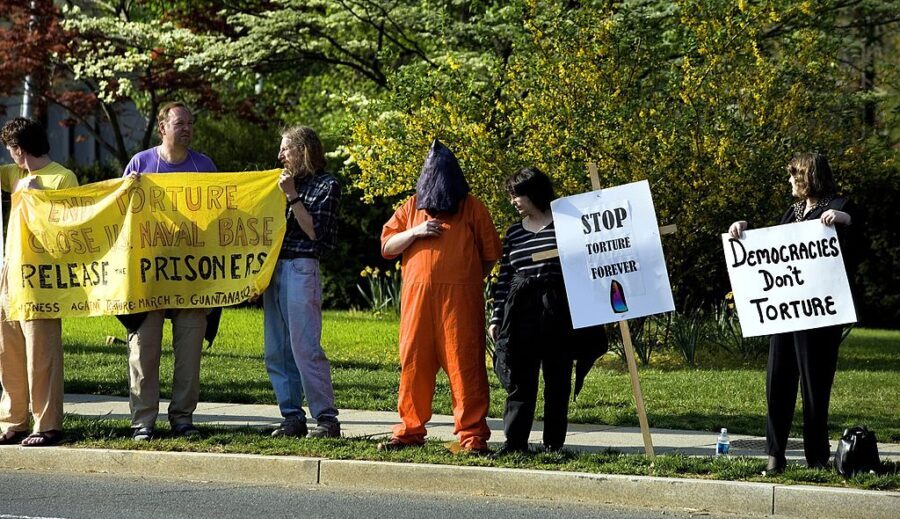University of Utah Police Detail Timeline of Lauren McCluskey’s Murder; President Announces Review of Police Protocols
Oct 25, 2018, 10:38 PM | Updated: 10:39 pm
SALT LAKE CITY, Utah – University of Utah Police said Melvin Rowland extorted Lauren McCluskey before shooting and killing her Monday night.
At a news conference Thursday afternoon, Chief Dale Brophy gave a detailed timeline of what happened in the weeks leading up to her murder.
Brophy said McCluskey met Rowland on September 2, at a bar where he was working as a bouncer and the two began a relationship. He said Rowland visited her residence hall often and became friends with others in her building. He said Rowland lied to McCluskey about his name, age, and his criminal history. He had recently been released from prison and was on parole. He was also a registered sex offender.
Brophy said McCluskey learned the truth about a month later and decided to end their relationship. However, she allowed him to borrow her car the next day to run some errands.
The next day, October 10, police said McCluskey’s mother, Jill, called to ask for an escort for her while she picked up the car from Rowland. When an officer contacted McCluskey, they said she told them she did not need help and felt comfortable with the situation. She later contacted dispatch to ask for a ride to go pick up the car from where Rowland left it at Rice-Eccles Stadium.
Two days later, October 12, McCluskey reported suspicious messages to University Police. Brophy said McCluskey believed the messages were from Rowland’s friends, telling her that he was dead and it was her fault. Brophy said McCluskey knew the messages were not true. Brophy said she told an officer she did not feel threatened, but felt the friends were trying to lure her somewhere.
Brophy said police believe Rowland was using multiple phones and texting apps to conceal his identity and to pretend to be multiple people texting McCluskey.
The next day, October 13, Brophy said McCluskey called police to report more suspicious messages. This time, the person was threatening to release pictures of her.
“The messages demanded money in exchange for not posting compromising photos of Lauren and Rowland on the internet. Lauren stated she sent $1,000 to an account as demanded, in hopes of keeping these photos off the internet and protecting her reputation,” Brophy said.
Brophy said a detective was assigned to investigate for sexual extortion.
Six days later, October 19, Brophy said a detective contacted McCluskey to get more information for an arrest warrant for Rowland, or whoever else might have been sending the messages. Brophy said Rowland was seen on security video on campus throughout the next few days.
On October 22, the day McCluskey was killed, she reported another suspicious message to police. This time, she said, someone claiming to be a police officer sent a message asking her to meet at the police department. Investigators believe Rowland sent the message in hopes of getting McCluskey to leave her room. Brophy said Rowland was outside her building waiting for her to leave. Because Rowland had become friends with others in McCluskey’s building, Brophy said he was able to get inside and wait for McCluskey.
At 8:20 that evening, Brophy said Rowland confronted McCluskey in the parking lot. Brophy said she dropped her belongings as Rowland dragged her to a car he had driven to the campus, put her in the backseat, and shot her several times, killing her.
Brophy said McCluskey had been on the phone with her mother when Rowland confronted her. Jill McCluskey said she heard her daughter saying “No, no, no,” then silence. Her father called dispatch, saying he believed she was in trouble. An officer nearby overheard the call and recognized her name from the extortion case. He knew where she lived and officers headed to her dorm.
At 8:32 p.m., Brophy said officers found McCluskey’s belongings on the ground. Another student had picked up her phone and was talking with McCluskey’s mother. They began to search for McCluskey in her room and the surrounding area.
McCluskey’s parents suspected Rowland was involved. After reviewing surveillance video, Brophy said police learned Rowland had been picked up and driven away from campus at 8:38 p.m.
Brophy said a witness reported hearing what could have been gunshots, but thought they were quieter than normal, so they were not sure.
At 9:55 p.m., Brophy said officers found McCluskey’s body in the backseat of the car. He said they immediately sent a secure-in-place alert to the campus.
Over the next couple of hours, police sent out multiple alerts, keeping students up-to-date with suspect information until Salt Lake City Police found Rowland and chased him into Trinity A.M.E. Church, where they said he shot and killed himself.
Brophy said the murder weapon and getaway vehicle were both provided by people that Rowland had lied to.
“Rowland, like I said, was a manipulator. If his lips were moving, he was lying,” Brophy said.
Brophy said Rowland borrowed the gun from an acquaintance. He said Rowland told that person that he wanted to teach his girlfriend how to shoot. That person soon contacted police.
“That individual, upon finding out about this crime, contacted the police department pro-actively, said, ‘I believe I know where that individual got the gun and I’m just as horrified as you are. I did not realize that’s what it was for,'” Brophy said.
Brophy said that person is cooperating with police and they do not expect any charges against him.
Brophy said the person who picked Rowland up from campus after the shooting was a woman he had met on a dating site a couple of days earlier. Brophy said he told her he had just finished a workout on campus and needed a ride. Brophy said the two went out to dinner, went to the capitol building, and then went to her home where he had a shower.
“This is another person Rowland had duped into thinking he was a great guy and he could do no wrong. Immediately after shooting and killing his girlfriend, was able to go to dinner, go to the capitol, go to her house, and act as if nothing was amiss,” Brophy said.
Brophy said the woman dropped Rowland off at a coffee shop downtown. Upon seeing news coverage of the shooting, Brophy said she recognized Rowland’s picture and called police. Brophy does not anticipate any charges for that woman.
There have been questions about why the University of Utah Police Department did not provide security to McCluskey or reach out to probation and parole with information about Rowland after she reported the suspicious messages. Brophy said they were still gathering information and were not ready to reach out to any other agencies. He said they also did not believe there was any evidence that Rowland was threatening physical harm to McCluskey.
University of Utah President Ruth Watkins announced a review of campus safety.
“We’re committed to doing everything we can to prevent a tragedy like this from ever occurring again on our campus,” Watkins said.
Watkins said she asked the campus safety task force to add an outside, independent expert to examine all aspects of campus safety and security. She also said there would be a review of police protocols.
“I have great faith that our university police department worked diligently on this incident,” Watkins said.
Both Watkins and Brophy said they welcomed a review of the department’s protocols.
Watkins said she met with McCluskey’s parents and gave them the bachelor’s degree she was on track to earn.
“It was a gesture intended to express how important Lauren was to our campus community,” Watkins said.
Watkins said McCluskey’s legacy at the university would never be forgotten and that they would learn from her death to make sure something like that never happened again.

